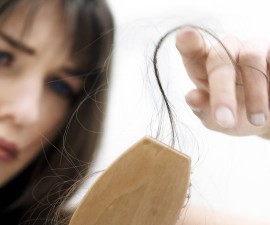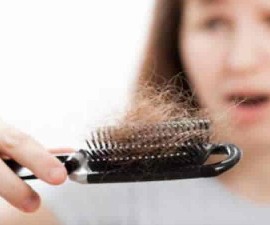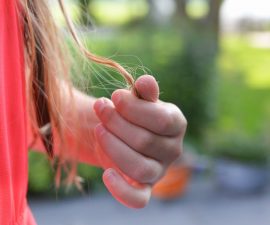For girls, the hair is a sign of attractiveness/pride, the crown. It’s usually what a girl identifies with as being appealing or female to a partner. If it begins to fall, it could be devastating to a girl’s identity and self-esteem, especially when influenced at a very young age. For elderly girls, hair loss is perceived as girls and accelerated aging must take care of a feeling of sexual appeal to their partner and loss of virility too.
Due to social perception differences, it’s a lot more emotional for girls, as there’s small esthetic approval of increased social pressure on a female and a hairless girl to be appealing. The adverse quality of life is not probably better in girls.
There aren’t many tools in the toolbox for treating alopecia areata that have any shown effectiveness. It is an important step forward in enhancing the standard of care for patients experiencing this dreadful disorder. Most recent is trying to identify the genetic and biologic basis for specific forms of baldness. This clearly has value to both genders.




